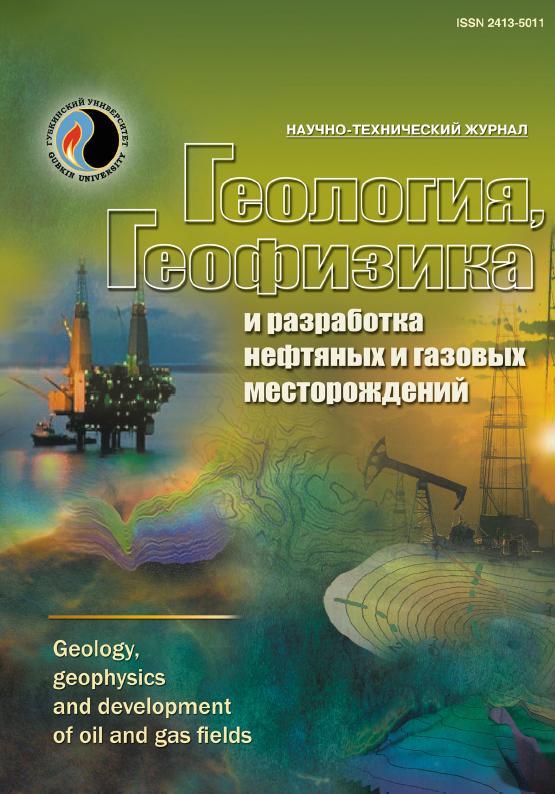Forecasting the flow rate of a gas well (using the example of a field in the Republic of Senegal)
UDC: 622.279.346(663)
DOI: -
Authors:
DIENG ASSAN 1
1,
POPLYGIN VLADIMIR V. 1
1
1 Perm National Research Polytechnic University, Perm, Russia
Keywords: natural gas reservoir, Arps curve, well, forecasting
Annotation:
Long-term forecasting of natural gas production makes it possible to correctly set wells operating modes and design onshore infrastructure. Gas wells production rates can be predicted using hydrodynamic models, mathematical models and other methods. The article assessed the possibility of using Arps curves to predict gas flow rates. One of the gas fields of Senegal, deposits of which were discovered in the Senaman and Santonian sandstone horizons, was chosen as the object. A comparison of Arps curves and actual gas flow rates from wells allowed fixing a discrepancy between the forecast results and actual values by more than 20 %. The main reasons for the deviation are the establishment of rock parameters near the wellbore at the initial stage of well operation and well repairs, which change the properties of rocks. In general, Arps curves of exponential type showed the best convergence of predicted and actual values, which allows them to be used in predicting the flow rate of gas wells in Senegal.
Bibliography:
1. Approksimatsionnye matematicheskie modeli ekspluatatsionnykh svoystv gazovykh skvazhin i ikh primenenie k raschetam prognoznykh debitov / R.A. Gasumov [i dr.] // Neftepromyslovoe delo. – 2019. – № 5(605). – S. 53–59. – DOI: 10.30713/0207-2351-2019-5(605)-53-59
2. Arps J.J. Analysis of decline curves // Transactions of the AIME. – 1945. – Vol. 160. – № 1. – Pp. 228–247. – DOI: 10.2118/945228-G
3. Val’es-Losano Dzh., Repin-Polyakov N.N. Primenenie metoda krivoy padeniya Arpsa dlya prognoza debita skvazhiny // Nauka, tekhnika i obrazovanie. – 2020. – № 5(69). – S. 12–15.
4. Can B., Kabir C.S. Simple tools for forecasting waterflood performance // Journal of Petroleum Science and Engineering. – 2014. – Vol. 120. – Pp. 111–118. – DOI: 10.1016/j.petrol.2014.05.028
5. Lehner P., De Ruiter P. Structural history of Atlantic margin of Africa // AAPG Bulletin. – 1977. – Vol. 61. – № 7. – Pp. 961–981.
6. Dieng А., Poplygin V.V. Study on Application of Arps Decline Curves for Gas Production Forecasting in Senegal // International Journal of Engineering Transactions C: Aspects. – 2023. – № 36(12). – Pp. 2207–2213.
7. Lu H., Ma X., Azimi M. US natural gas consumption prediction using an improved kernel-based nonlinear extension of the Arps decline model // Energy. – 2020. – Vol. 193. – DOI: 10.1016/j.energy.2020.116905
8. Poplygin V.V., Wiercigroch M. Issledovanie effektivnosti kompleksnogo nestatsionarnogo vozdeystviya na zalezh’ s vysokovyazkoy neft’yu // Izv. Tomskogo politekhnich. un-ta. Inzhiniring georesursov. – 2020. – T. 331. – № 1. – S. 7–12.
9. Poplygin V.V., Poplygina I.S. Otsenka ratsional’nogo zaboynogo davleniya dlya zalezhey s vysokoy gazonasyshchennost’yu nefti // Neft. khoz-vo. – 2012. – № 10. – S. 104–105.

